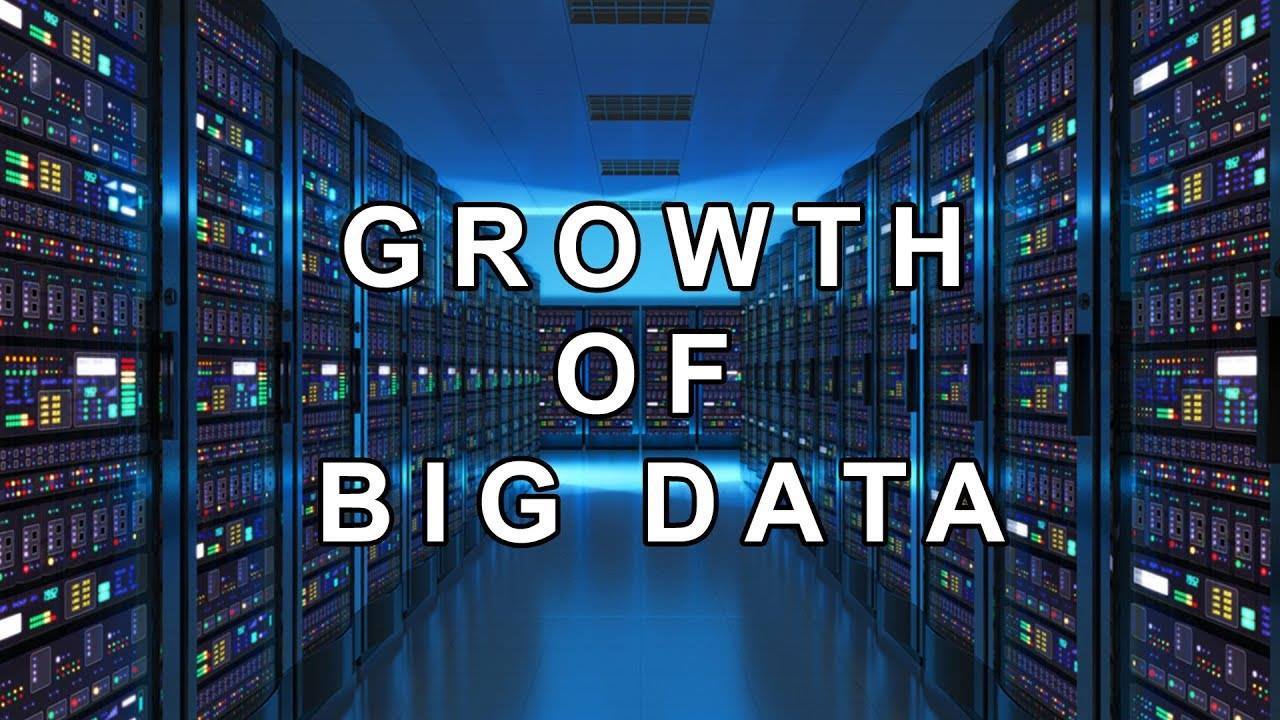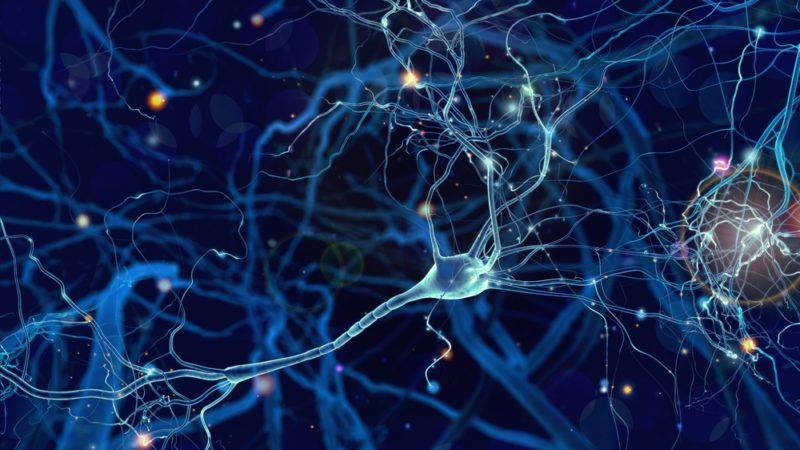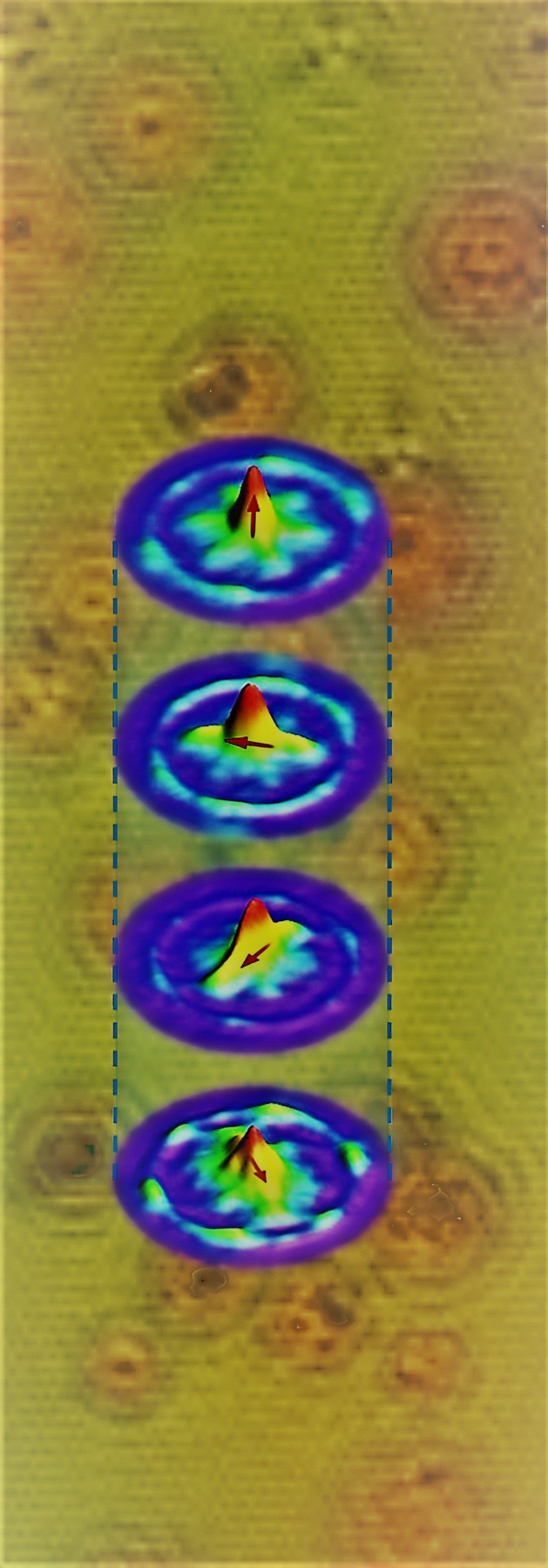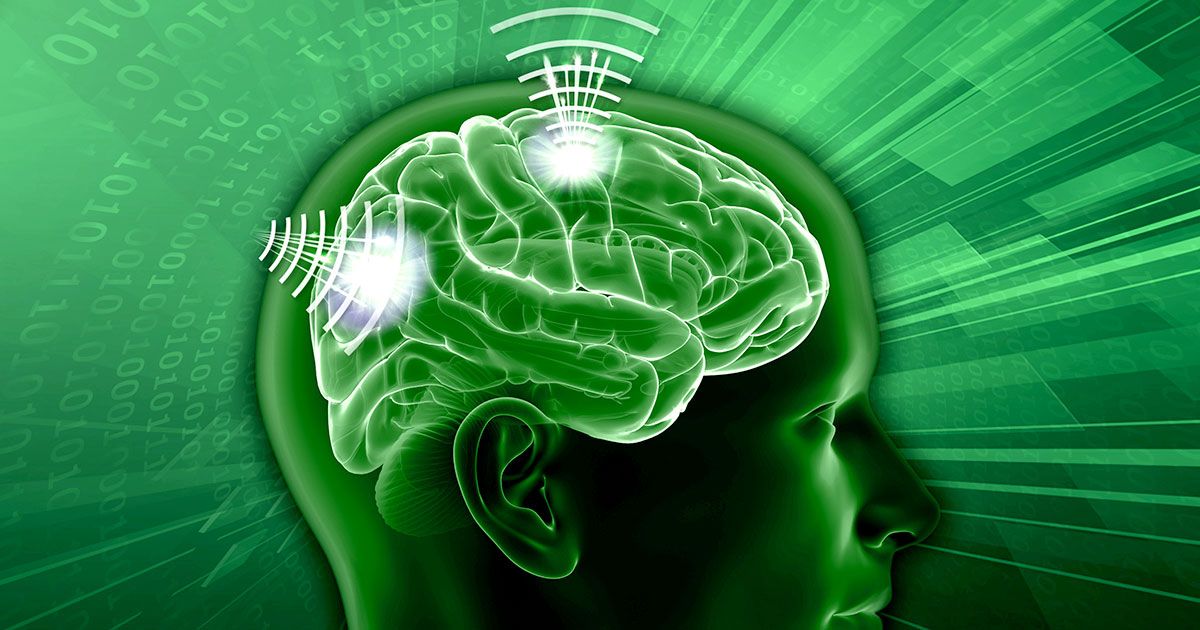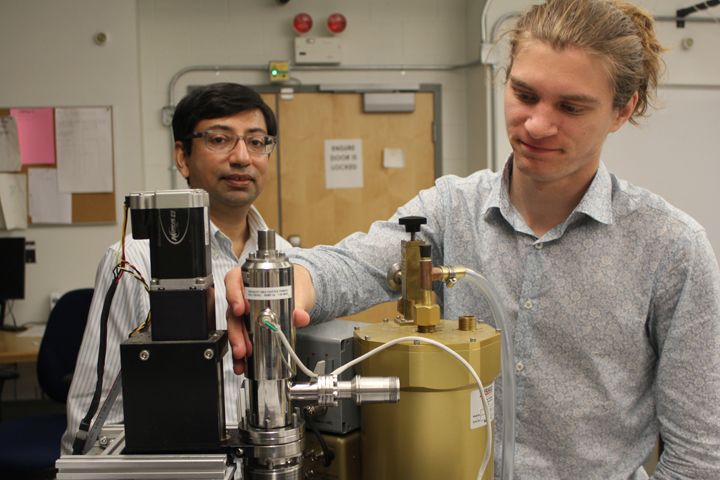Sep 13, 2018
Virtual Reality Simulation
Posted by Bill Kemp in categories: entertainment, virtual reality
The Venus Project is looking for VR artists for their project, Check it out!
A new project at The Venus Project has been started and a team consisting of video game industry veterans has been formed for its development.
The VR (Virtual Reality) Simulator will give access for everybody with a VR set to dive into a 360° projection of a city according to The Venus Project’s designs and experience it from the inside.



